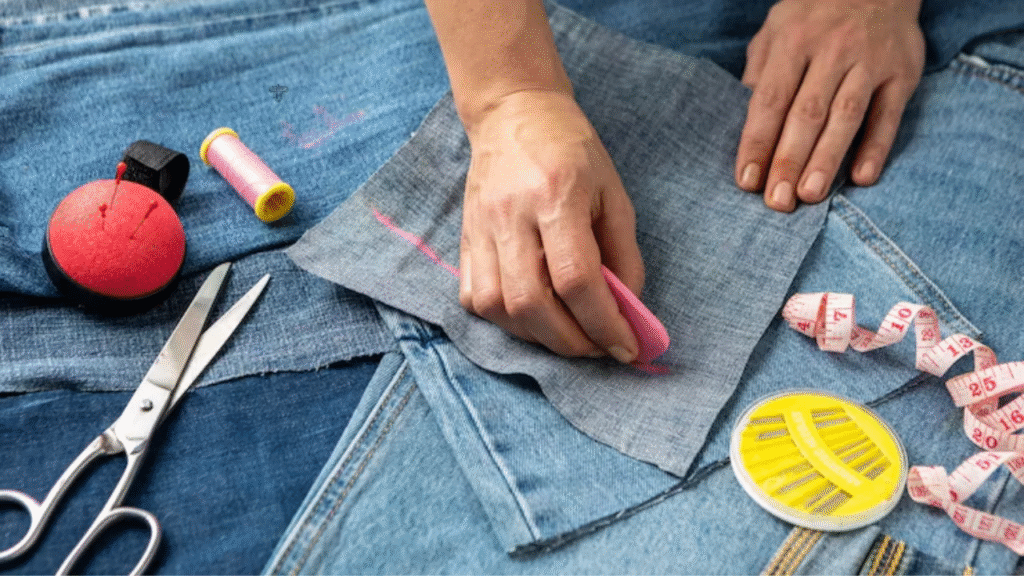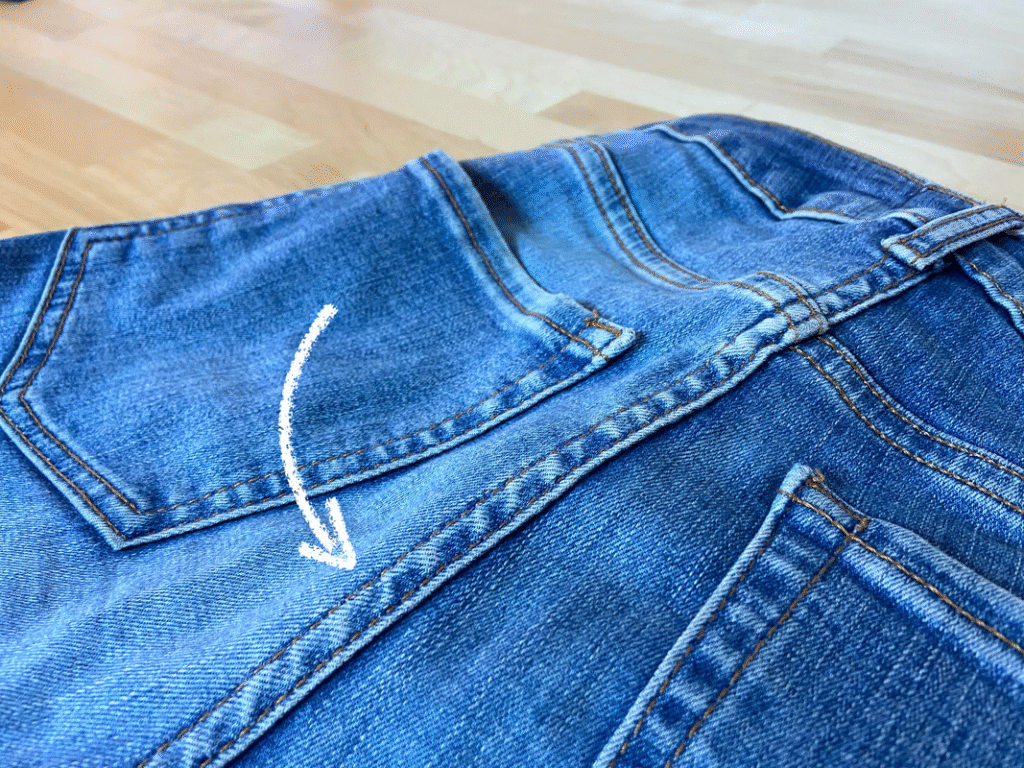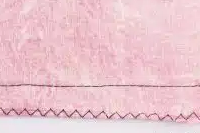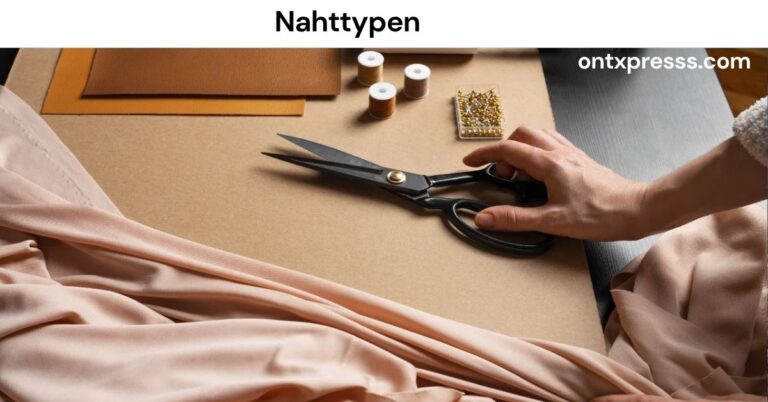Nahttypen, or seam types, are fundamental concepts in the world of sewing and fabric construction. Understanding the different types of seams used to join fabrics together is crucial for both beginner and professional seamstresses and tailors. This article will dive deep into the various Nahttypen, their purposes, and how they contribute to the strength, appearance, and functionality of the final product.
In this guide, we will break down the most common seam types, their uses, and why they matter in both fashion design and practical applications. With a focus on clarity, easy-to-understand explanations, and practical insights, this guide aims to be your go-to resource for mastering the art of seams.
Introduction to Nahttypen
Nahttypen, in simple terms, refers to the various seam types used in sewing to join two or more layers of fabric together. While a seam might seem like a basic stitch line, it plays a crucial role in both the durability and aesthetic of the final product. From clothing to upholstery, knowing which Nahttypen to use can significantly impact the quality and appearance of your work.
Seams are classified based on how the fabric pieces are joined, the strength of the join, and the finish of the seam. By understanding the different Nahttypen, you can make more informed decisions when working on sewing projects, ensuring that your creations not only look professional but also hold up under wear and tear.

Understanding the Importance of Seams in Fabric Construction
Before delving into the specifics of Nahttypen, it’s essential to understand the critical role seams play in fabric construction. They are not only responsible for holding pieces of fabric together but also impact the fit, durability, and functionality of the finished item.
Also Read: Jyokyo: Understanding the Meaning, Usage, and Cultural Impact
- Strength: The seam type chosen will determine how strong the fabric joins are. A poorly executed seam can lead to a garment falling apart at the seams.
- Durability: Certain Nahttypen are better suited for heavy-duty fabrics or items that undergo a lot of stress, such as jeans or outdoor gear.
- Aesthetic Appeal: Some seams are purely decorative, while others are meant to be hidden inside the garment. Choosing the right seam can elevate the visual appeal of the item.
- Functionality: Depending on the purpose of the garment, a seam may need to allow for flexibility or be water-resistant.
Common Nahttypen and Their Uses
Here, we’ll cover the most commonly used Nahttypen in the sewing world, explaining each type and where it is typically used.
Straight Stitch Seam
The straight stitch seam is the most common Nahttypen and the foundation of many other seam types. It is simple, easy to execute, and provides a strong, durable join. This seam is suitable for almost any type of fabric, making it incredibly versatile. The straight stitch is most commonly used in everyday clothing, accessories, and home decor items.
French Seam
A French seam is a type of Nahttypen used to encase the raw edges of fabric within the seam itself, creating a clean and finished look. It is often used for lightweight fabrics like silk, chiffon, or lace, where raw edges could cause fraying. The French seam is perfect for delicate items like blouses, skirts, or lingerie, as it ensures a neat interior finish while preventing fabric from unraveling.
Flat-Felled Seam
The flat-felled seam is a sturdy and durable Nahttypen often found in denim or other heavy-duty fabrics. This seam is created by folding the fabric edges over and stitching them down, making it ideal for creating strong, secure seams in garments like jeans, jackets, and shirts. The flat-felled seam also offers a neat, clean appearance, with no raw edges visible from the outside.

Overlocked Seam
The overlocked seam, also known as a serged seam, is created using a specialized machine called an overlocker. This machine trims the fabric edges and simultaneously encases them in thread to prevent fraying. Overlocked seams are commonly used in knit fabrics, such as t-shirts or activewear, as they allow the fabric to stretch while keeping the edges intact. They are also commonly used in fast fashion production due to their efficiency and finish.
Also Read: Health Guideline ONTPWellness: A Comprehensive Path to Everyday Health
Double-Needle Seam
A double-needle seam uses two parallel rows of stitches to join fabrics, creating a strong and flexible seam. This Nahttypen is often used in garment construction to give garments a professional finish, especially on hems, necklines, or side seams. The double-needle seam adds both strength and aesthetic appeal, making it ideal for everything from t-shirts to activewear.
Bound Seam
The bound seam is a decorative Nahttypen often used in the finishing of garments or as part of the design. It involves wrapping the raw edges of the fabric with a bias tape or binding to encase the edges completely. This seam type is often used in the production of quilts, heirloom garments, or items where the interior finish is visible.
Welt Seam
The welt seam is a decorative Nahttypen that adds a distinctive finish to seams. It is often used in high-end fashion for creating bold, structured lines. The welt seam is commonly found in garments like suits, coats, and trousers. This seam type involves inserting a strip of fabric between the two pieces being joined, creating a raised, bold line that stands out.

Choosing the Right Nahttypen for Your Project
Choosing the appropriate Nahttypen is essential to ensure that your project holds up well and looks polished. Here are some factors to consider when selecting a seam type:
- Fabric Type: Heavier fabrics like denim or canvas require sturdier seams like flat-felled or overlocked seams. Lighter fabrics, such as silk or chiffon, benefit from delicate seams like French seams.
- Garment Type: Everyday clothing might use straight stitches, while formal garments could incorporate decorative seams like welt seams for added flair.
- Functionality: For garments that require durability, such as workwear or outdoor gear, strong seams like the flat-felled seam or overlocked seam are ideal.
Also Read: Ontpress FreshUpdates: Real-Time News, Personalized Content, and Engaging Multimedia
Tips for Perfecting Your Seams
Here are a few tips to help you perfect your Nahttypen:
- Use the Right Needle: Different fabrics require different needles, so make sure to choose one that complements your fabric and seam type.
- Practice on Scraps: Always test your seam on a scrap piece of fabric before applying it to your actual project.
- Use the Right Thread: The thread should be strong enough for the fabric type you’re working with. For example, use heavy-duty thread for denim and lighter thread for silk.
- Press Your Seams: Pressing your seams as you sew them helps ensure a clean and professional finish.
FAQs About Nahttypen
What is the best seam type for stretchy fabrics?
The best seam type for stretchy fabrics is the overlocked seam or serged seam, as it allows the fabric to stretch without breaking the thread.
Can I use a straight stitch for all fabrics?
While the straight stitch is versatile, it is not always suitable for stretch fabrics. For stretchy fabrics, consider using a zigzag stitch or overlocked seam.
What is the difference between a French seam and a plain seam?
A French seam encases the raw fabric edges within the seam, creating a neat finish, while a plain seam leaves raw edges exposed unless finished with another technique.
What is the most durable seam type?
The flat-felled seam is considered one of the most durable seam types, often used in denim and heavy-duty garments.
When should I use a double-needle seam?
A double-needle seam is ideal for hems, necklines, and any area that requires both strength and aesthetic appeal, especially in stretch or knit fabrics.
Conclusion
Nahttypen are essential components of sewing and fabric construction, influencing both the durability and appearance of the finished product. Whether you’re working on a garment, home decor item, or other fabric-based projects, understanding and mastering these different seam types will elevate your sewing skills.
By considering fabric type, garment needs, and functionality, you can choose the right seam type to ensure that your projects not only look good but also stand the test of time. From the straightforward straight stitch to the decorative welt seam, each Nahttypen serves a unique purpose in the world of sewing.
